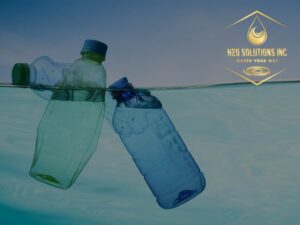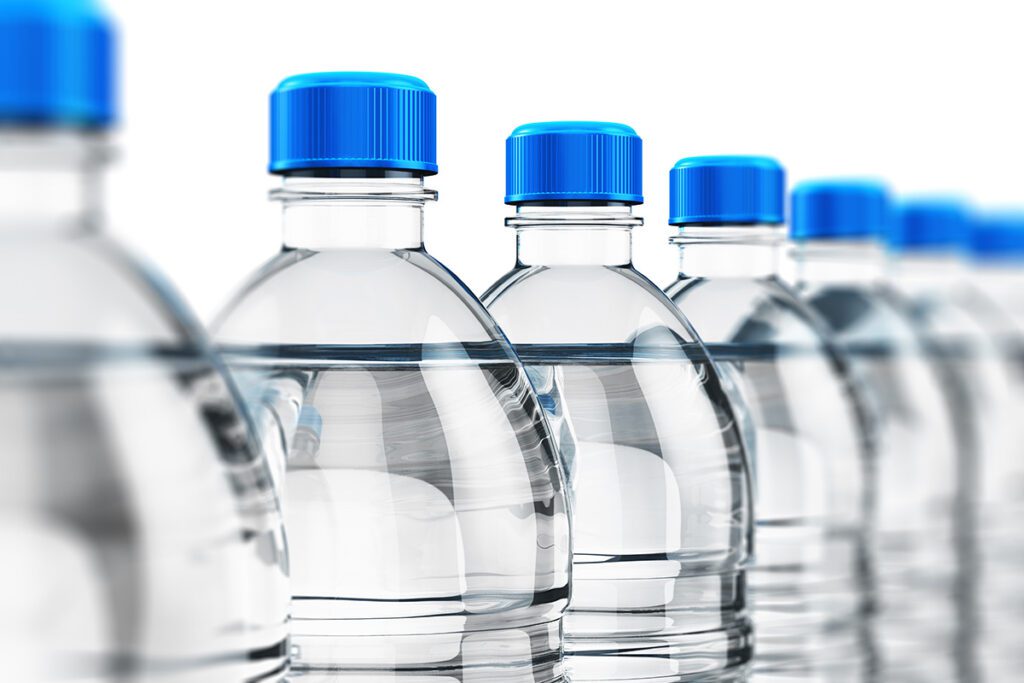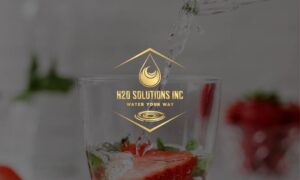
Save Money and the Planet | Reverse Osmosis Water Filtration
A 50 gallon per-day RO systems supplies you with 198,400 ounces of water per month. That’s around $12,400 worth of water bottles. With an RO system, you’ll save money, have less waste, and

Share This Post
There are many water purification options on the market. Some water softeners are installed as part of the home water system, and others on the faucet or as a jug in the fridge. It can be difficult to know which is the best for you and how they compare without becoming lost in marketing talk or scientific jargon.
Two of the most common purification methods are reverse osmosis and water distillation, each helping to remove contaminants in substantially different ways. To help you land on the best way to clean your water. Let’s explore reverse osmosis vs. distilled water and help you land on the best option for you.
How water is treated makes a difference in contamination levels, what can be removed, and how it tastes. While both reverse osmosis and distillation produce very clean water without remineralization, they are very different processes that may be preferred for your home use:
Reverse osmosis uses membranes to filter out water. Typically four fine membranes that water passes through to remove any contaminants or other impurities at a microscopic level. Water is pushed through different membranes or filters using a high-pressure pump, such as a sediment filter and carbon filter, before passing through the semipermeable membrane which removes up to 98% of dissolved solids.
The process happens in this order:
Water distillation is one of the oldest ways humans have cleaned their water. It’s an effective and quick process that has been around for centuries. The water is heated to a boil and the vaporized water is then separated from contaminants in it.
The process works in this order:
As reverse osmosis and water distillation are different processes, you’d be correct in assuming they remove different things or one does more than another.
Take a look at the chart below and see what contaminants each process does and does not remove:
Reverse Osmosis | Distilled Water | |
|---|---|---|
Contamination Removed | Very high effectiveness in removing protozoa, bacteria, and bacteria.
Will remove common chemical contaminants (metal ions, aqueous salts), including sodium, chloride, copper, chromium, and lead.
May reduce arsenic, fluoride, radium, sulfate, calcium, magnesium, potassium, nitrate, volatile organic chemicals, and phosphorous. | Very high effectiveness in removing protozoa, bacteria, and bacteria. Will remove common chemical contaminants, including arsenic, barium, cadmium, chromium, lead, nitrate, sodium, sulfate, and many organic chemicals. |
Contaminants Not Removed | Dissolved gasses include specific pesticides, and solvents. Risk of bacteria growing on membrane and entering water supply. | Specific pesticides include volatile solvents, and volatile organic compounds that have boiling points close to water. |
Each process makes drinking and cooking water substantially better for you by removing a range of chemicals, bacteria, microplastics, and other contaminants. This is beneficial for people with weakened or compromised immune systems.
There are other areas to compare and contrast distilled water with reverse osmosis water:
Environmental impact, especially when it comes to water, is always critical to the technology used or how the process impacts the area. Both at-home RO systems and water distillation systems have a much smaller effect on the environment than buying bottled water. While filters are changed, adding waste to the world, it is in no way comparable to the thousands of water bottles that end up in the dump or power used by water bottle companies compared to the power used at your home.
The difficulty in setup is often a key to whether they’ll adopt a technology or not and water filtration is no different. Here is where distilled water systems win out over reverse osmosis.
RO systems are attached to the plumbing in a home, so it cannot be installed in a rented space and can be complicated to set up due to the number of stages water passes through. Water distillation systems are as simple as plugging in a coffee maker.
RO systems are less expensive than distilled water ones. The initial cost is typically smaller with reverse osmosis, but it wins out with operating costs as well. The cost per gallon of an RO system is much lower due to how little electricity is used to operate the system compared to distillation.
In Northern Idaho and Eastern Washington, the water quality is unique with high amounts of nitrates due to heavy agricultural use and septic systems. While both distillation and reverse osmosis systems can help combat that, there are other factors (like taste, bacteria, microplastics, and cost) to consider.
How you clean your drinking water depends on your lifestyle, health needs, and budget. At the end of the day cleaner water is the goal and both systems help deliver that. H20 Solutions delivers water your way by empowering individuals with safeguards to improve the water in their homes. From EcoWater Systems in the home to SimpleLab testing kits, we are committed to cleaner water throughout the Pacific Northwest.
We empower people in our community with the knowledge and tools to take charge of their drinking water.
Navigating the maintenance and care of your EcoWater treatment system is vital to ensuring its lasting efficiency and performance. Whether it’s understanding salt maintenance, troubleshooting regeneration issues, or planning system deep cleaning, our team, as an EcoWater Systems distributor, is here to assist you every step of the way. Contact us today.
Published on: 6/17/2024
Last updated on: 6/17/2024
More To Explore

Save Money and the Planet | Reverse Osmosis Water Filtration
A 50 gallon per-day RO systems supplies you with 198,400 ounces of water per month. That’s around $12,400 worth of water bottles. With an RO system, you’ll save money, have less waste, and

Nitrates & Nitrites | Should I Be Concerned?
When water is a part of everyday life, it’s easy to forget how essential access to clean water is. Unfortunately, the United States doesn’t provide more filtration for our water,
Request Your Free Water Analysis Today!